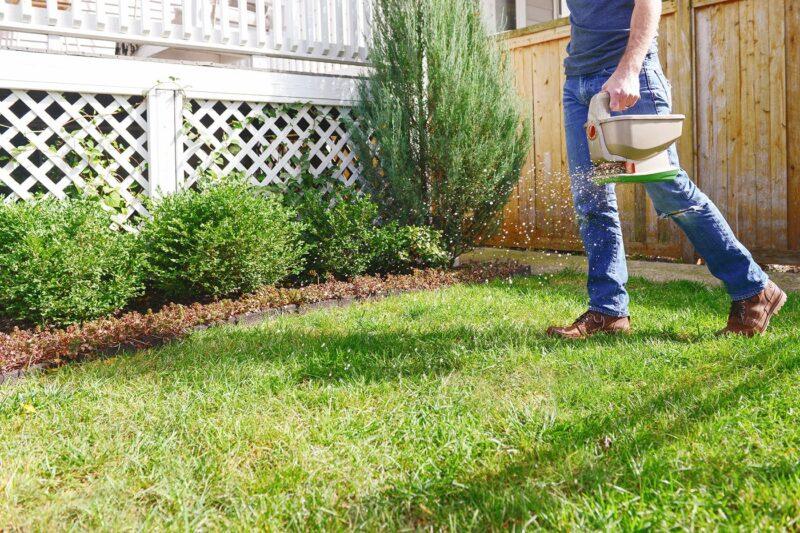As the winter season approaches, it’s essential to start thinking about the steps you can take to winterize your yard effectively. Winterizing is a season-long process, so it’s wise to begin this task in late fall or as early as possible. In this article, we’ll provide you with a comprehensive step-by-step guide on how to winterize your yard, categorizing the process into three key areas: lawn, trees, and shrubs/annuals.
How to Winterize Your Yard: A Step-by-Step Guide
Preparing Your Yard for Winter
Caring for your yard is a year-round commitment, and winter is no exception. Properly preparing your yard for winter is crucial to prevent damage and ensure it emerges in the spring healthy and ready to thrive. Below, we outline the steps to winterize your yard effectively.
The optimal time to initiate your yard’s winterization process is in the fall, after most visible grass growth has ceased but before freezing temperatures set in. Here’s how to winterize your yard:
1. Prepare Your Lawn for Winter:
- Reseed any bare areas of the lawn as needed at the beginning of fall. Fall is an ideal time for grass root growth, and addressing bare spots now will result in fewer weeds come spring.
- Apply a winterizing fertilizer to the lawn, preferably between mid-fall and the end of the season. If timed towards late fall, you can synchronize this with fertilizing your trees (see step 7 below).
- Once grass growth has halted and most tree leaves have fallen, rake your lawn.
- Conclude by giving your lawn a final cutting at approximately 1″ and bagging any grass or debris.
2. Prepare Your Trees for Winter:
- Avoid watering trees from mid-summer through early fall to allow them to harden.
- Starting in mid-fall, ensure that trees receive 1″ of water per week through natural rainfall or hand watering.
- Maintain this watering regimen until the ground freezes.
- In mid-fall, prune all trees, removing visible deadwood and branches that may touch the ground.
- Towards late fall, spread a layer of mulch around all trees, ensuring a gap between the tree trunk and the mulch to deter rodents from nesting.
- For young trees in cold climates, wrap them in burlap or tree wrap.
- Finally, towards the end of fall, apply winter tree or lawn fertilizer.
3. Prepare Your Shrubs/Annuals for Winter:
-
In mid-fall, as annuals begin to wither and turn brown, clear out all planters and flower beds.
-
Trim back hedge growth and bushes, removing any dead branches.
Winterizing your yard is indeed a significant endeavor, but the results are well worth the effort. Preparing your yard for winter not only helps it withstand the dry, cold months but also ensures vibrant new growth in the spring and summer. By following this comprehensive guide on how to winterize your yard, you’ll be rewarded with a thriving outdoor space when spring arrives.
While winterizing your yard may involve some hard work, it can become a manageable task with a bit of luck (or milder weather) and the guidance provided here. By this time of the year, you may have already completed some of these steps, leaving you with the final touches. Additionally, remember to winterize other summer outdoor accessories such as your pool, boat, and vehicles to prevent damage and ensure their functionality during the warmer months.
For further information on winterizing your yard or to access the right tools for your project, please don’t hesitate to reach out to Camosse Masonry Supply. We’re here to address any questions you may have about outdoor winterization and provide you with the necessary resources for a successful winterizing experience.

